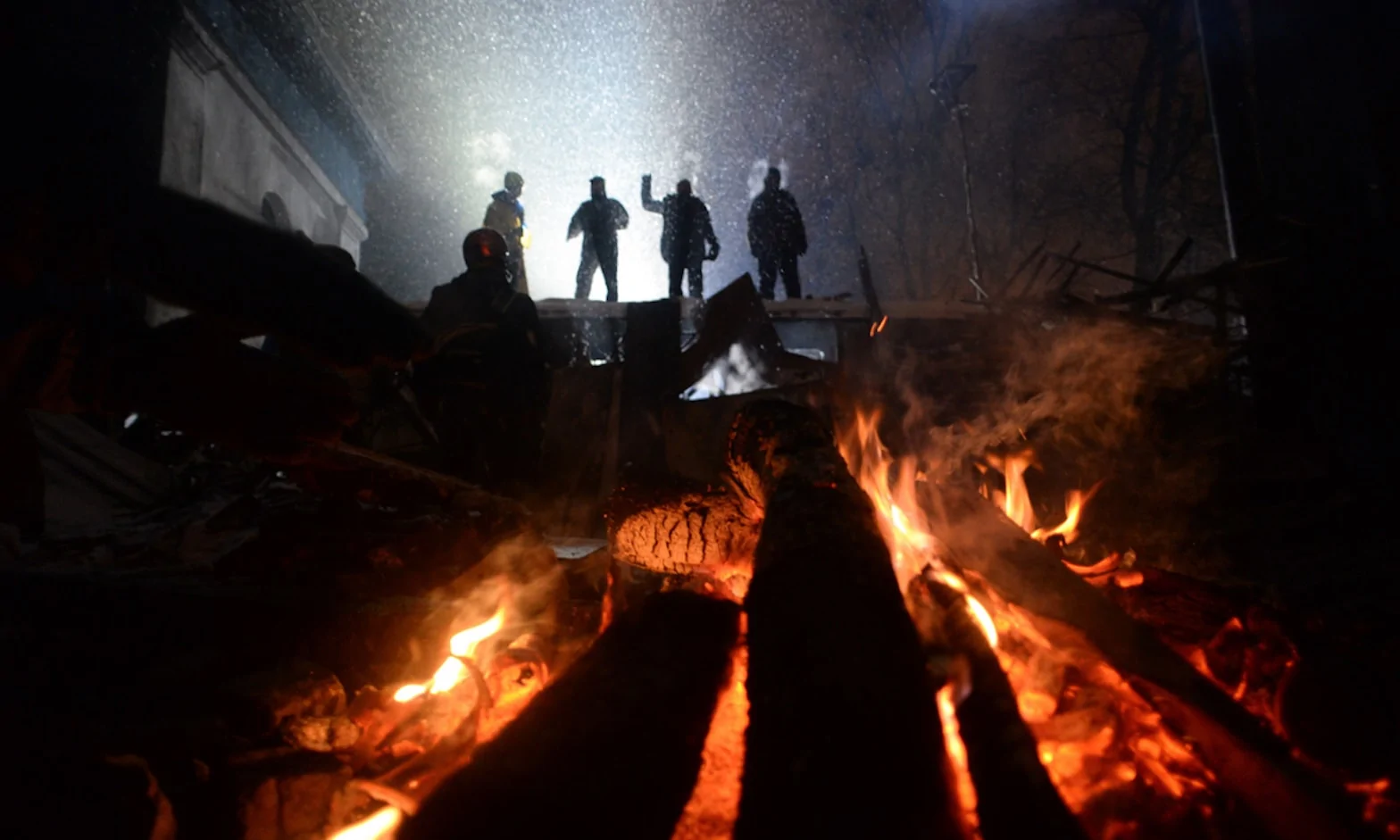This article is the second of the series on the conflict in Ukraine and starts a review of the various domestic actors. It focuses on the oligarchic system, its dynamics and challenges.On 15 May 2014, steelworkers working for oligarch Rinat Akhmetov took over the city of Mariupol in the Donetsk Oblast, Ukraine, as reported by Andrew Kramer for the New York Times, even if the People’s Republic of Donetsk seems to have kept power (e.g. Roza Kazan, 18 May 2014, deleted tweet twitter.com/rozakazancctv/status/467949602902405121), after Akhmetov released a first statement video (see original 14 May, with subtitles). Meanwhile, Kim Sengupta for The Independent, writing on the 9 May attack on Mariupol mentions that “An assortment took part in the assault, including a private army supposedly bankrolled by an oligarch – the “men …
Continue reading “Conflict in Ukraine – State of Play – The Oligarchic System”











